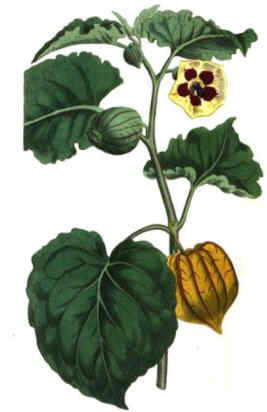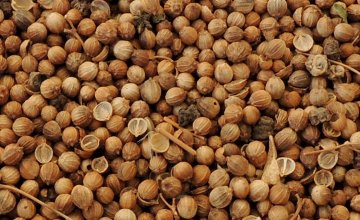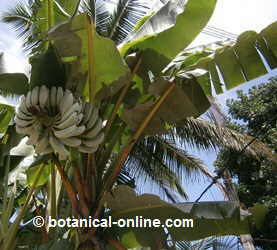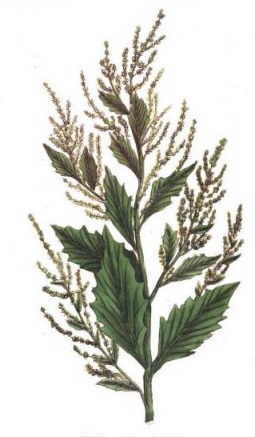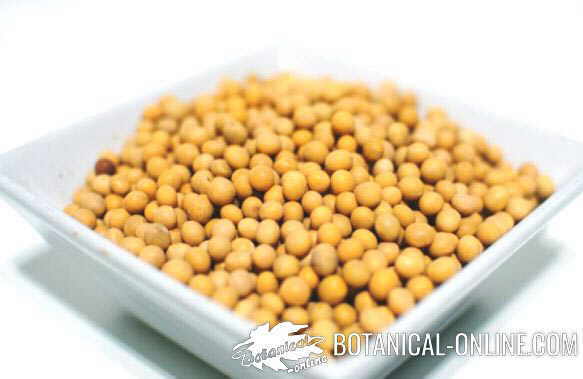Contents
Maracuya properties
Passion flower plants
Passion flower produce eatable fruits (provided that they are eaten raw to avoid being toxic).
They are commonly known as passionfruits, maracuyas or granadillas. The last noun is used because their fruits look similar to those of pomegranate – ” granada ” in Spanish.
From a medicinal point of view, all passion flowers have similar medicinal properties (See Passion flower supplement in the listing below)
Types of passion flowers
Coming from South America, they have been exported to the tropical regions of Africa and Asia. There are about 500 species of this gender in their origin place. All they are eatable, although there are some that are more appropriate as food than others. For example:
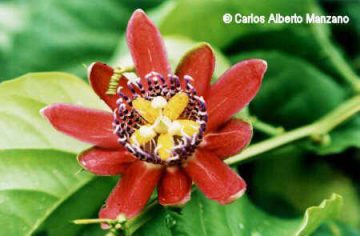
- Passiflora incarnata: it produces a fruit that sometimes reaches the size of a melon. It is generally consumed in marmalades in some southern states of USA It was already used by the old Aztecs to treat the bites of the snakes, reason why is was known as ” Tongue of snake” and the first Indian natives used it like a food and as disinfectant. (Image and information about this species)
- Passiflora ligularis: It is called sweed granadilla because of its sweetness. It grows in Mexico.
- Passiflora maliformis: It is called Yellow skin. It comes from Brazil. Very aromatic and bittersweet, it is used in flavour industry.
- Passiflora antioquiensis: Native from Colombia with elliptic yellow fruits and leaves till 15 cm long
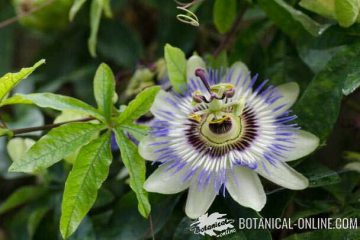
- Passiflora caeurulea: The fruit of blue passionflower (Passiflora caeurulea) are not so exploited commercially as those previously seen, but it is also eatable and it presents the same medicinal properties of the other ones.(See Passion flower characteristics in the listing below)
- Passiflora vitifolia: Native from central America and South America. It presents very big flowers that can reach 10 cm. Its eatable fruits taste to strawberry.
- Passiflora quadrangularis: With an oblong very flavourful fruit, having many medicinal properties for the treatment of cholesterol. The root is poisonous and it is used to eliminate the intestinal worms. In its composition serotonin has been discovered, a potent neurotransmitter, necessary for the good state of the nervous system and whose deficiencies are responsible for pathologies like depression, certain types of obesity, obsessive behaviors, insomnia, migraines, etc. It is the plant that contains the highest quantity of niacine.
- Passiflora mollissima: It produces very early and copious fruits. Its content in sugar is lower than in the rest of the passionflowers. It is known as tacso, archa or tumbo, depending of the different places.
- Passiflora laurifolia: Native from Colombia and Peru, with yellow fruit till 8 cm long, very similar to lemon, and flowers with reddish petals on one side and greenish in the other one. As in Passiflora quadrangularis, its roots are good to carry out decoctions to eliminate intestinal worms.
The real ” maracuya”
Strictily speaking only Passiflora edulis can be considered the true maracuya. As a matter of fact, it is called real granadilla. It is also called giant granadilla, because of its big size, since it may attain 20 cm long. This fruit remembers mangos because of its color. We have two variants:
- Passiflora edulis edulis: It is called purple passion. With very aromatic meat, it remembers to apricots. It combines very well with salads, yoghourts, and other fruits. Its fruit is called maracuya, although the real maracuya is obtained from the yellow passion flower (Passiflora edulis flavicarpa)
- Passiflora edulis flavicarpa: The cultivation of this last species is more extended that that of the purple species, since it can be in most of South American countries where it is much more appreciated that the first one.
Both are very exported to Europe where they are considered exotic fruits. In both cases only the juice is eaten since pulp has not got any taste. Juice is obtained by smashing the pulp and filtering the liquid to separate it from the seeds.
Edible properties of passion fruit juice
Maracuya juice (the one from the real maracuya or from the others) can be drunk alone, although it is generally drunk mixed with other juices, such as oranges or pineapples.
It can be considered a very sweet and refreshing drink, quite rich in minerals, as calcium, iron and phosphorus, so it can help keeping your bones, skin and hair in good health.
It fundamentally contains vitamin A , Vitamin B and Vitamin C and a great amount of niacin that is very appropriate for the treatment of cholesterol and the perfect state of the nerves, preventing many anomalies such anxiety, nervousness, stress, depression, etc.
Its high water proportion and its low fatty contents makes it very appropriate for weigh loss diets. It also contains a lot of fiber, so it can help keeping this type of diets. Fiber is also very interesting to prevent constipation or to avoid some intestinal diseases.
Maracuya juice, as the rest of the parts of the plant, presents detoxicant properties, not only because of its content in vitamin C and niacin, but also as result of its high contents in riboflavin and the vitamin A which is transformed into beta carotene.
All these elements seem to grant its antioxidant properties, able to keep you younger for long, delaying the development of some anomalies caused by aging such as wrinkles, It can prevent other diseases, such as vision loss or cancer.
How to eat maracuya
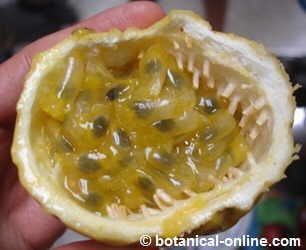
Passion fruit pulp can be eaten raw. The best way is to cut the fruit in two parts with a knife and extract the pulp with a spoon. Seeds can also be eaten. They are considered quite delicious.
However, most of passion fruits pulps are tasteless, so it is better to take profit of its juice. It can be drank directly. (Just make a hole and suck it) or it can be liquated with a mixer. Once liquated, it can be drank alone, although you had better drink it mixed with other acid juices.
Maracuja pulp can also take part in salads, macedonies, creams or other dishes. Maracuya juice can be used in pies, ice-creams, mousses, etc.
How to choose passion fruits
The best passion fruits are those that are ripe. This can be seen because their skin is wrinkled and they have a good weight considering its size.
* Related information: Passion flower toxicity, passion flower contraindications, passion flower side effects
![]() More information on passion flower.
More information on passion flower.

